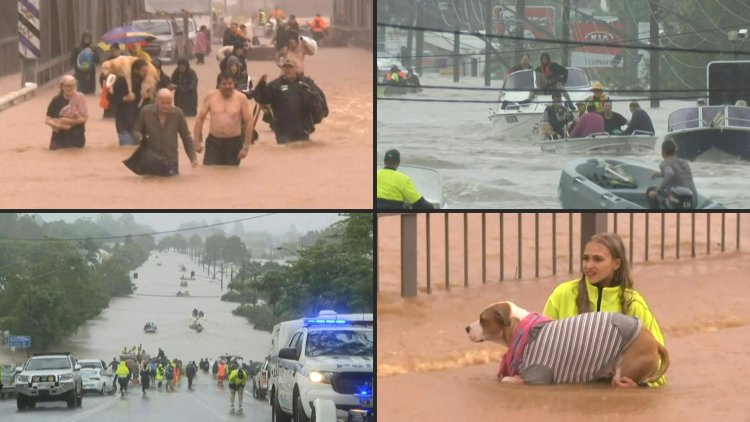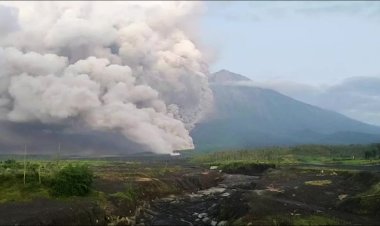Australians flee floods as toll rises to 12, Sydney on alert

Floodwaters crashed into more towns on Australia's east coast as a deadly storm front barrelled south on Wednesday towards Sydney, where the main dam began to spill water.
The death toll rose to 12 in a week-long disaster that has washed cars from roads and forced tens of thousands of people to evacuate their homes as waters lapped at balconies and roofs.
"This is terrible. This is terrible. One life lost is too many," said New South Wales deputy premier Paul Toole after confirming a third death in the flood-hit town of Lismore.
After bringing havoc to Queensland, the storm front moved southwards, dumping vast quantities of water and sparking a string of flood alerts in New South Wales including Sydney, Australia's largest city.
"Today, the focus is on Sydney. We are expecting heavy rainfall over the afternoon into the night and into tomorrow," Toole warned in a news conference.
Sydney's main Warragamba dam, lying southwest of the city, had reached capacity and started spilling water in the early hours of Wednesday morning, Toole said.
He told residents at risk to flee if they are told to do so.
"If you are getting a knock on the door, if you are asked to leave, please leave," Toole told a news conference.
"We are looking at substantial rainfall over the coming days. We don't want to see those images where people were standing on the roofs of their houses, not leaving and then having to be rescued."
In the coastal town of Ballina in New South Wales, some 55 hospital patients were evacuated overnight -- hours before a high tide from the sea combined with waters overflowing the banks of Richmond River.
A "makeshift emergency department" was set up in a Catholic college for urgent cases, regional health officials said.
Australia has been on the sharp end of climate change.
Droughts, deadly bushfires, bleaching events on the Great Barrier Reef and floods have become more common and intense.
Because a warmer atmosphere holds more water, scientists say climate change increases the risk and intensity of flooding from extreme rainfall.















